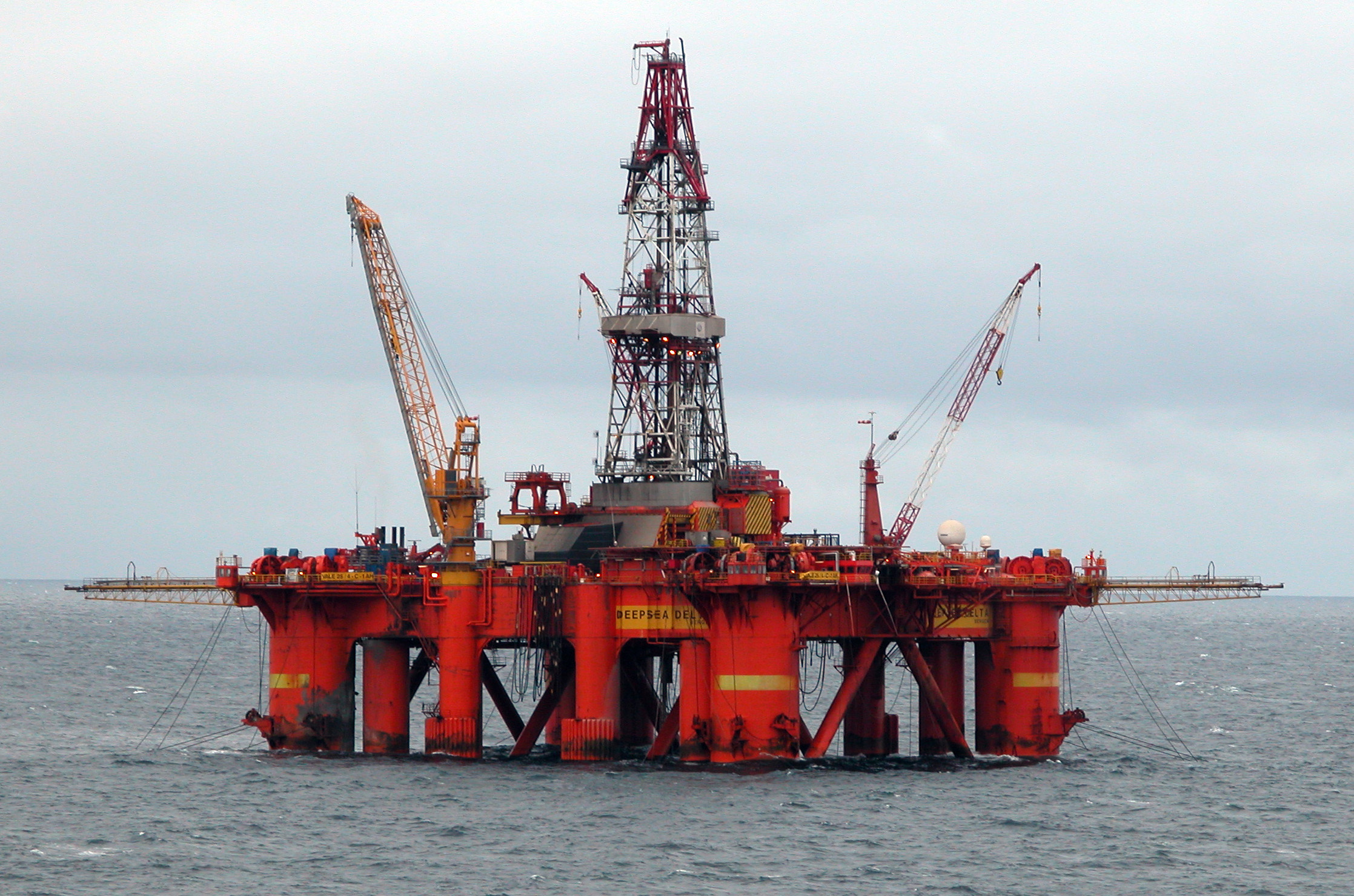At the same time, oil production will rise: the IEA estimates that global supply will increase by an average of 1.4 million barrels per day (bpd) next year. The increase in production is linked both to the recovery in Libya and the partial easing of the OPEC+ agreement.
The International Energy Agency in its December report reduced its estimate for oil demand this year by a further 50,000 bpd to 91.2m bpd. Thus, the decline in demand in 2020 compared to 2019 would end up at 8.8m bpd. Taking into account the impact of the second pandemic wave, demand in the fourth quarter will remain 6.2 million bpd lower than a year ago.
"Demand will clearly be lower for a longer period than expected when OPEC+ countries reached an agreement to cut supply in April," the agency said.
It should be noted that the day before OPEC also worsened its forecast for next year. The cartel now expects global oil demand in 2021 to increase by only 5.9 million bpd, to 96.89 million bpd. "This reflects uncertainty about the impact of COVID-19 on transport fuels in OECD countries in the first half of 2021," the organisation said.
As for the supply side of the oil market, it rose sharply by 1.5m bpd to 92.7m bpd in November. This was due to recovery of production in the US after the hurricane season and increased supplies from Libya. OPEC November production rose 730,000 bpd to 25m bpd compared to October, mainly due to an increase in Libya's production, which is not part of the OPEC+ deal.
November's total production figure is the highest since May, when the deal's restrictions came into effect, but it is still 9.2m bpd lower than a year earlier.
source: reuters.com
The International Energy Agency in its December report reduced its estimate for oil demand this year by a further 50,000 bpd to 91.2m bpd. Thus, the decline in demand in 2020 compared to 2019 would end up at 8.8m bpd. Taking into account the impact of the second pandemic wave, demand in the fourth quarter will remain 6.2 million bpd lower than a year ago.
"Demand will clearly be lower for a longer period than expected when OPEC+ countries reached an agreement to cut supply in April," the agency said.
It should be noted that the day before OPEC also worsened its forecast for next year. The cartel now expects global oil demand in 2021 to increase by only 5.9 million bpd, to 96.89 million bpd. "This reflects uncertainty about the impact of COVID-19 on transport fuels in OECD countries in the first half of 2021," the organisation said.
As for the supply side of the oil market, it rose sharply by 1.5m bpd to 92.7m bpd in November. This was due to recovery of production in the US after the hurricane season and increased supplies from Libya. OPEC November production rose 730,000 bpd to 25m bpd compared to October, mainly due to an increase in Libya's production, which is not part of the OPEC+ deal.
November's total production figure is the highest since May, when the deal's restrictions came into effect, but it is still 9.2m bpd lower than a year earlier.
source: reuters.com





